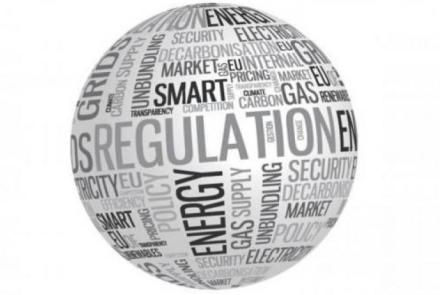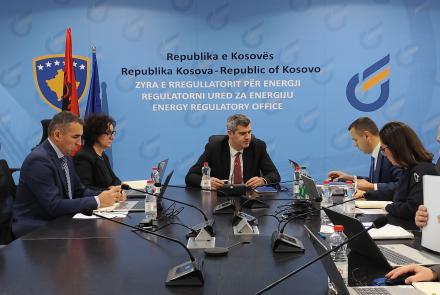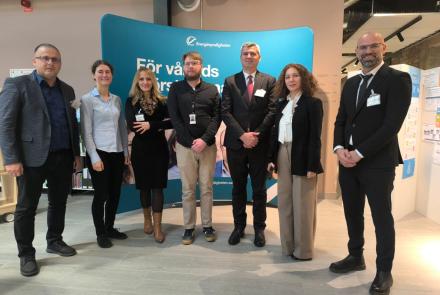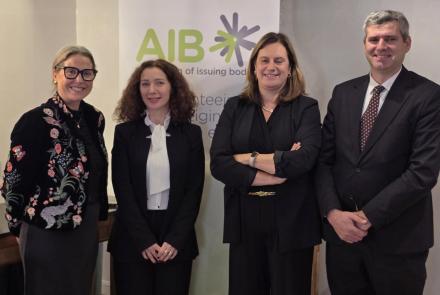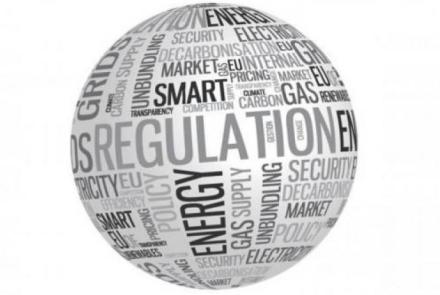Electricity
The energy system in the Republic of Kosovo is composed of electricity generation, electricity transmission, electricity distribution, unregulated consumers, as well consumers with the right to universal service. Major suppliers and traders are also participants in the electricity market.
Generation is mainly based on lignite power plants (TC A and TC B), HC Ujmani which are owned by the Government of the Republic of Kosovo, whereas other HC and other RES are privately owned.
KOSTT is the only operator of the transmission and market and is 100% owned by the Assembly of Kosovo. It operates with two separate licenses, a license for operation of the transmission system and a license for market operation. Market Operator is responsible for organizing and developing electricity market, while the Transmission System Operator is responsible for transmitting electricity, operating and maintaining the transmission system, and balancing the system.
KEDS is the only distribution operator but is privately owned. This operator is responsible for the operation and maintenance of the distribution system and the management of generators connected to the distribution system.
KESCO is a supplier that has a license for supply of Public Service Obligation, set forth by the Regulator to supply customers who are entitled to the universal service. In addition, the Regulator has assigned obligation of the supplier of the last opportunity.
Other suppliers –so far, there are 7 licensed suppliers who are privately owned but have not begun to operate commercially yet.
Kosovo's power system is mainly designed to produce basic electricity, which, as mentioned above, is based on lignite as raw material, but not for maximum load coverage and balancing of the system which remains a major challenge to all participants in the sector.
Kosovo has installed generation capacities of 1,431 MW, including generation capacities from RES, however the operational capacity is considered 1,099 MW, of which lignite thermal power plants (TPP) account for about 87.36%, while the rest consists of HPP Ujmani with 2.91%, wind power plants “Kitka” (Air energy) with 2.95% and other RES (hydro power plants, solar panels and wind power plants) with 6.78%.
These capacities, in most of the period would be sufficient to cover demand as well as to export, but due to power plant aging and insufficient flexibility to accommodate demand at different times, especially at peak times, then imports, and sometimes exports, are required to balance the system. The introduction of generators from RES increases the generation capacity, but in most cases they are unpredictable and are in dispatch priority mode, therefore they do not have an impact on improving the balancing of the power system, and sometimes even increase the imbalances.
The figure below shows the generation, import, export and demand of electricity over the last ten years.
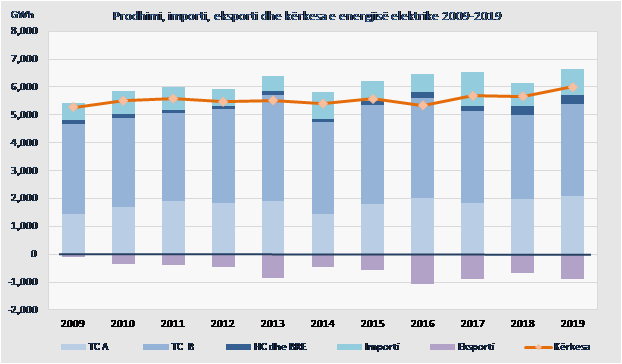
Fig. 6.1 Generation, Import and Electricity Demand 2009 - 2019

